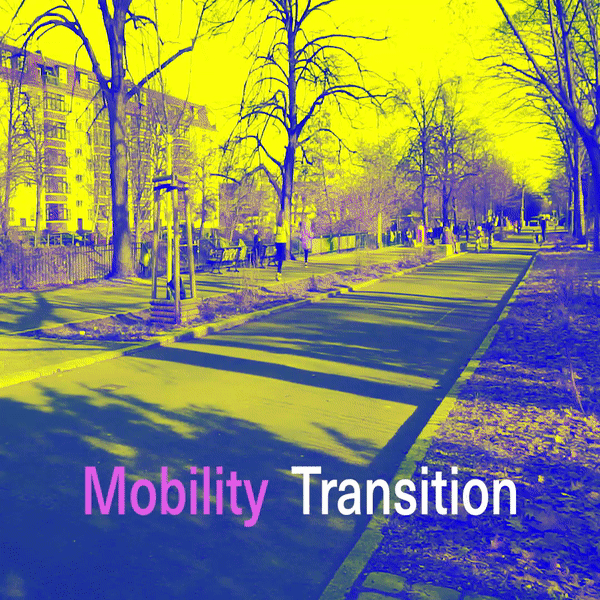MICROARTICLE #Mobility & Flows
Car-Free Berlin
By: Alejandro Orduz, Zoe ??
MICROARTICLE Mobility & Flows
Wissensstadt Berlin 2021
Published on June 26, 2021
Berlin’s inner city was shaped by the Hobrecht Plan and expanded along the rail-line infrastructure. The car entered the scene in the early 1900s and has come to dominate the city’s landscape. This has grown into a pressing issue as cars occupy vast amounts of space where they sit the majority of the day. Is this what a city should be? It’s time to move away from individual auto mobility and focus on developing the other existing mobility infrastructures that define Berlin.
In cities all over the world, mobility change is occurring as people demand sustainable options in light of the climate crisis and a more fair sharing of city space between different users. Amsterdam and Paris are taking steps away from car mobility to become more livable. Berlin is ready to make these shifts too, but change is currently very slow. Private citizen organisations are advocating for law and policy changes to trigger faster mobility transformation. From there, we can tackle the next big question: what will the new city look like?

Titel of the Image © Author
BB2040
[EN] Berlin Brandenburg 2040 was initiated by the Habitat Unit in cooperation with Projekte International and provides an open stage and platform for multiple contributions of departments and students of the Technical University Berlin and beyond. The project is funded by the Robert Bosch Foundation.
[DE] Berlin Brandenburg 2040 wurde initiiert von der Habitat Unit in Kooperation mit Projekte International und bietet eine offene Plattform für Beiträge von Fachgebieten und Studierenden der Technischen Universität Berlin und darüberhinaus. Das Projekt wird von der Robert Bosch Stiftung gefördert.








